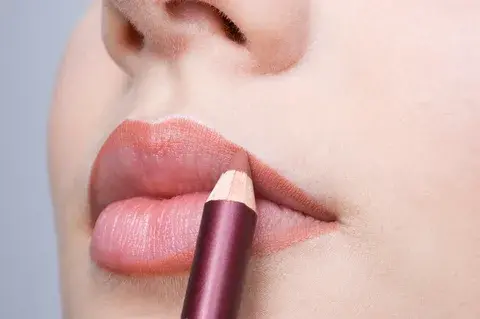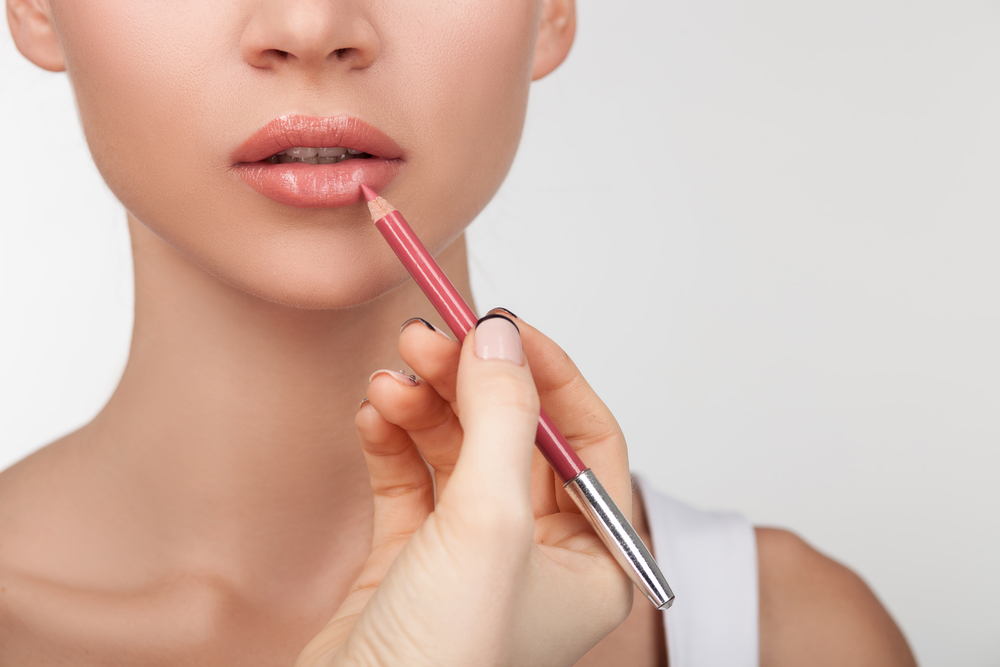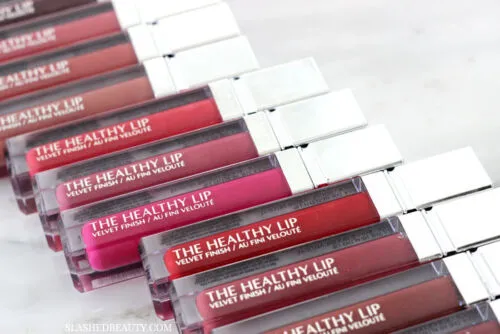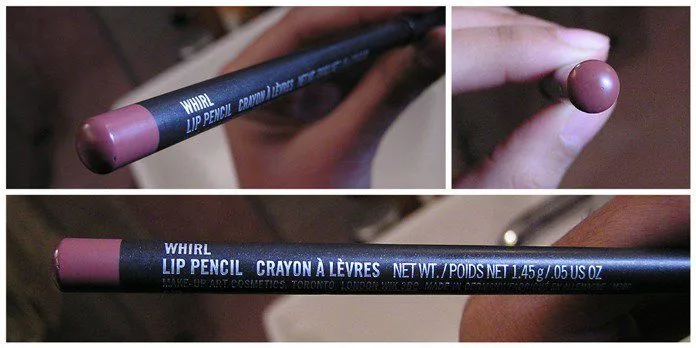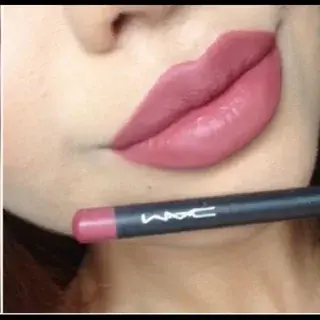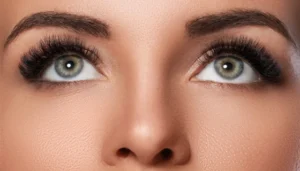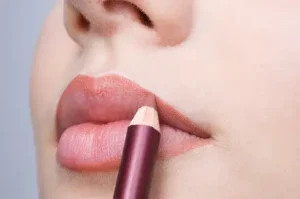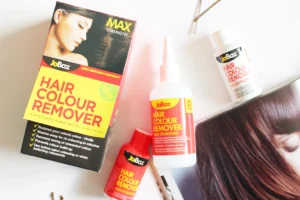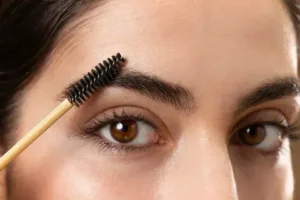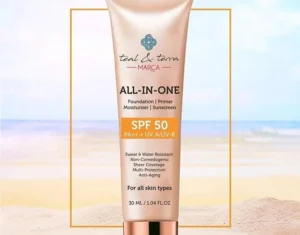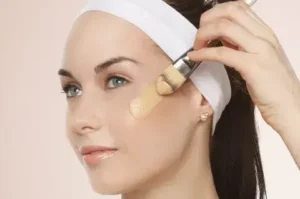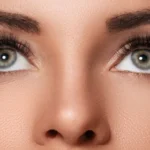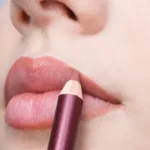In the ever-evolving world of makeup, the battle between lipstick and lip pencil rages on.
As an American cosmetics enthusiast, you may find yourself pondering the age-old question: is lip pencil truly superior to the classic lipstick?
This comprehensive 2,500-word guide aims to settle the score once and for all, exploring the key differences, pros, and cons of both lip makeup products.
By the end, you’ll be equipped to determine which option reigns supreme for your unique needs and preferences.
The Lipstick Lowdown: Understanding the Classic Lip Makeup
Lipstick has long been a staple in the makeup bags of American women. Tracing its roots back to ancient Mesopotamia, this beloved beauty product has evolved significantly over the centuries.
Today, lipstick comes in a variety of formulations, from creamy and hydrating to matte and long-wearing.
The appeal of lipstick lies in its bold color payoff and ease of application. With just a few swipes, you can achieve a polished, put-together look that instantly brightens the face.
Many lipstick formulas also contain nourishing ingredients like vitamin E and shea butter, helping to keep your lips soft and supple.
However, lipstick does have its fair share of downsides. The dreaded feathering and bleeding can be a constant battle, especially with creamier textures.
And let’s not forget the need for frequent reapplication, which can be a nuisance throughout the day. Some lipstick formulas can also have a drying effect on the delicate lip area.
The origins of lipstick can be traced back to ancient Mesopotamia, where people would crush gemstones and mix them with wax and oils to create a makeshift lip color.
Over the centuries, the formula and application of lipstick evolved, with ancient Egyptians, Greeks, and Romans all developing their own unique lip makeup traditions.
In the 16th century, Queen Elizabeth I popularized a bright red lip look, solidifying lipstick as a symbol of power and status.
Fast forward to the 20th century, and lipstick became a staple in every American woman’s makeup routine, with brands like Revlon and Estée Lauder leading the charge.
Today, lipstick continues to be a beloved beauty product, with countless formulations, finishes, and shades available to suit every personal style and preference.
From the iconic red lip to the modern matte pout, lipstick has cemented its place as a quintessential part of the American cosmetics landscape.
The Science Behind Lipstick Formulations
The science behind lipstick formulations is quite fascinating. Typical lipstick ingredients include:
- Waxes: Beeswax, carnauba wax, and canella wax provide structure and help the lipstick maintain its shape.
- Oils: Oils like castor oil, olive oil, and coconut oil impart moisture and emollience.
- Pigments: Pigments, both natural and synthetic, give lipstick its vibrant color.
- Emollients: Ingredients like shea butter, vitamin E, and lanolin help keep lips soft and smooth.
- Preservatives: Preservatives like parabens or phenoxyethanol prevent microbial growth and extend the product’s shelf life.
The specific blend of these ingredients, as well as the manufacturing process, determines the final texture, finish, and performance characteristics of the lipstick.
For example, a creamy, hydrating lipstick might have a higher oil content, while a long-wearing matte formula would likely contain more waxes and pigments.
Understanding the science behind lipstick formulations can help you make more informed decisions when selecting the right lip product for your needs and preferences.
Lip Pencil Pros: Why This Precise Liner May Be the Better Pick
Enter the lip pencil – a versatile tool that’s gaining popularity among American makeup enthusiasts. Unlike traditional lipstick, a lip pencil is a dedicated liner that’s designed to outline and define the lips with precision.
One of the primary advantages of lip pencil is its long-lasting wear. Thanks to its waxy, budge-proof formula, a high-quality lip pencil can keep your lip look in place for hours on end, with minimal need for touch-ups.
This makes it an ideal choice for special occasions, date nights, or any time you want your lip color to stay put.
Lip pencils also excel at creating a crisp, clean lip line – a crucial element for achieving a polished, professional makeup look.
By lining the lips first, you can then fill them in with lipstick for added definition and longevity. Or, you can use the pencil alone for a subtle, yet striking lip look.
Another perk of lip pencils? Their versatility. A single pencil can be used with a variety of lip color shades, making it a versatile addition to your makeup collection.
However, it’s worth noting that applying lip pencil evenly across the entire lip can require a bit more effort compared to the effortless swipe of a lipstick.
The Rise of Lip Pencils: A Brief History
Lip pencils have been around for decades, but they’ve recently experienced a resurgence in popularity among American makeup enthusiasts.
The origins of the lip pencil can be traced back to the 1920s, when women began using a lip liner to create a defined, refined lip look.
In the 1950s and 1960s, lip pencils became even more prevalent, with brands like Revlon and Max Factor offering a wider range of shades to complement their lipstick offerings.
The lip pencil’s versatility and ability to help lipstick last longer made it a staple in the makeup bags of many American women during this era.
As makeup trends evolved over the decades, lip pencils fell in and out of favor. However, the early 2000s saw a renewed interest in this precise lip product, thanks in part to the popularity of bold, defined lip looks sported by celebrities and makeup influencers.
Today, lip pencils are more advanced than ever, with a variety of formulations, shades, and application techniques available to help you achieve your desired lip look.
Whether you’re seeking long-lasting wear, precise definition, or a subtle, natural finish, the lip pencil has become an essential tool in the modern American makeup arsenal.
The Science of Lip Pencil Formulations
Lip pencils are formulated quite differently from traditional lipsticks. While lipsticks are typically emollient-rich and creamy, lip pencils are designed to be more waxy and long-wearing.
The key ingredients in a lip pencil formula include:
- Waxes: Waxes like carnauba, canella, and ozocerite provide structure and help the pencil glide on smoothly while maintaining its shape.
- Oils: Oils like castor oil or jojoba oil add a touch of emollience and hydration to the formula.
- Pigments: Pigments, both natural and synthetic, provide the lip pencil’s vibrant color payoff.
- Polymers: Polymers like vinyl or silicone-based resins help the lip pencil adhere to the lips and resist transfer or smudging.
- Antioxidants: Ingredients like vitamin E or green tea extract help protect the lips from environmental stressors.
The precise blend of these components, as well as the manufacturing process, determines the overall performance and wear time of the lip pencil.
High-quality formulas will typically offer long-lasting, budge-proof color with a smooth, glide-on application.
Understanding the science behind lip pencil formulations can help you select the right product for your needs, whether you’re seeking a creamy, hydrating formula or a matte, smudge-proof liner.
Putting Them to the Test: Real-World Lipstick vs. Lip Pencil Comparisons
To determine the true champion between lipstick and lip pencil, let’s put these two lip makeup products to the test:
Pigmentation and Color Payoff:
When it comes to bold, vibrant color, lipstick often reigns supreme. The creamy, high-pigment formula of many lipsticks delivers unparalleled color payoff in a single swipe.
Lip pencils, on the other hand, tend to have a more buildable, subtle color that can require a few passes to achieve full opacity.
Longevity and Wear Time:
This is where lip pencils really shine. Thanks to their long-wearing, water-resistant formulas, lip pencils can last for hours on end without fading or feathering.
Lipstick, while offering a more vibrant color, often requires more frequent reapplication throughout the day.
Comfort and Feel on the Lips:
For a smooth, creamy feel on the lips, lipstick is the clear winner. The hydrating, emollient-rich formulas of many lipsticks provide a comfortable, satin-like finish.
Lip pencils, while long-lasting, can sometimes have a slightly drier, waxy texture that some may find less comfortable.
Ease of Application:
Applying lipstick is often a more effortless process, as you simply swipe it directly onto the lips. Lip pencils, on the other hand, require a bit more precision and effort to ensure an even, defined application.
After careful consideration of these key factors, it’s clear that both lipstick and lip pencil have their unique strengths and weaknesses.
The “winner” ultimately depends on your personal preferences and the specific look you’re trying to achieve.
Real-World Case Study: Lipstick vs. Lip Pencil Wear Test
To further explore the performance of lipstick and lip pencil, let’s take a look at a real-world wear test conducted by a group of American makeup enthusiasts:
Participants:
- 20 women between the ages of 25-45, representing a diverse range of skin tones and lip types
- All participants had experience using both lipstick and lip pencil
Methodology:
- Participants were asked to wear a specific lipstick and lip pencil combination (chosen by the researchers) for 8 hours
- Throughout the day, they documented the products’ performance in terms of color payoff, longevity, comfort, and ease of application
- Participants also evaluated the overall look and feel of the lip look, as well as any issues like feathering or transferring
Key Findings:
- Lip pencil demonstrated significantly longer wear time, with most participants reporting their lip color remained vibrant and in place for the full 8 hours
- Lipstick provided a more hydrating, comfortable feel on the lips, but required more frequent touch-ups throughout the day
- Applying the lip pencil took more time and effort compared to swiping on the lipstick
- Participants noted that the combination of lip pencil and lipstick provided the best of both worlds – long-lasting wear with a smooth, moisturizing texture
Based on the real-world wear test, the results suggest that lip pencil may be the superior choice for those seeking long-lasting, budge-proof lip color.
However, lipstick remains the preferred option for those who value a more effortless, hydrating lip look. Ultimately, the “winner” depends on the individual’s personal priorities and desired aesthetic.
Finding Your Perfect Lip Look: Tips for Choosing Between Lipstick and Lip Pencil
So, how do you determine which lip product is the best fit for you? Here are some tips to help you make the right choice:
For Precise Definition and Longer Wear:
Opt for a high-quality lip pencil. The long-lasting, budge-proof formula will help keep your lip line sharp and your color in place all day long.
For a More Effortless, Hydrating Lip Look:
Reach for a creamy, moisturizing lipstick. The easy application and nourishing ingredients will leave your lips feeling soft and comfortable.
To Combine the Best of Both Worlds:
Use a lip pencil to line and fill in the lips, then top it off with a complementary lipstick shade. This technique offers the long-wear benefits of a pencil with the vibrant color and smooth texture of a lipstick.
Consider Your Lifestyle and Preferences:
Think about your daily activities, the climate you live in, and the overall look you’re trying to achieve. If you lead an active lifestyle or live in a humid environment, a long-wearing lip pencil might be the better choice. If you prioritize comfort and a hydrated pout, a creamy lipstick may be the way to go.
Experiment with Different Formulas and Finishes:
Don’t be afraid to try out a variety of lipstick and lip pencil options. Explore matte, satin, and glossy finishes, as well as different price points and brands. This will help you determine which textures and formulas work best for your unique lip type and personal style.
Regardless of your preference, remember that the key to finding your perfect lip look is experimentation. Explore a variety of affordable and high-end options for both lipstick and lip pencil to discover what works best for your unique needs and desires.
Frequently Asked Question (FAQs)
Q: Can I use a lip pencil as lipstick?
A: Absolutely.
Q: Is color pencil safe for lips?
A: Some materials in coloured pencils may be harmful if used in sensitive areas like your eyes or lips.
Q: How long do lip pencils last?
A: up to a year.
Q: Can expired lipstick cause dark lips?
A: Expired lipsticks can further worsen the condition of dark lips.
Q: Can I use a lip pencil as lipstick?
A: You can just wear lip liners alone as lipstick.
Conclusion about lipstick
The age-old debate between lipstick and lip pencil rages on, but there is no one-size-fits-all “winner.”
As an American makeup enthusiast, the choice ultimately comes down to your personal style, desired look, and specific needs.
Lipstick offers bold, vibrant color payoff and a creamy, comfortable feel, while lip pencil excels at providing long-lasting wear and precise definition.
By understanding the unique strengths of each product, you can make an informed decision and curate a lip look that truly reflects your individual flair.
So, whether you’re a lipstick loyalist or a lip pencil devotee, embrace the power of experimentation and find the lip makeup that makes you feel confident, beautiful, and ready to conquer the day.
With the right tools and techniques, you can elevate your lip game and achieve a flawless, head-turning pout that’s uniquely yours.
